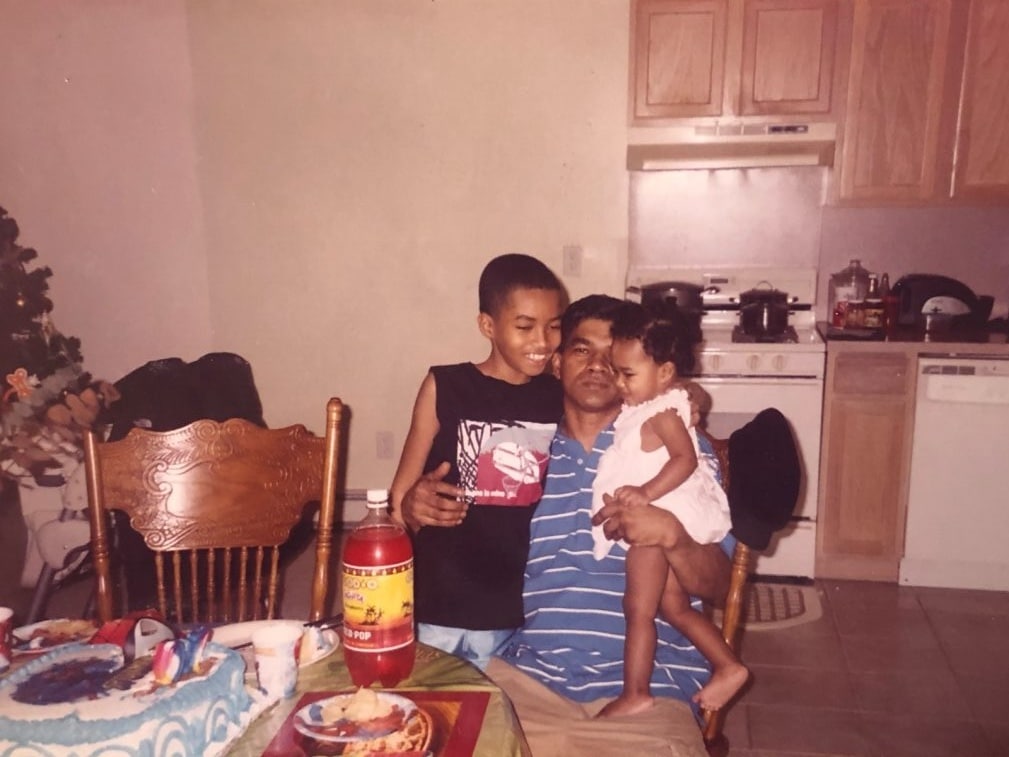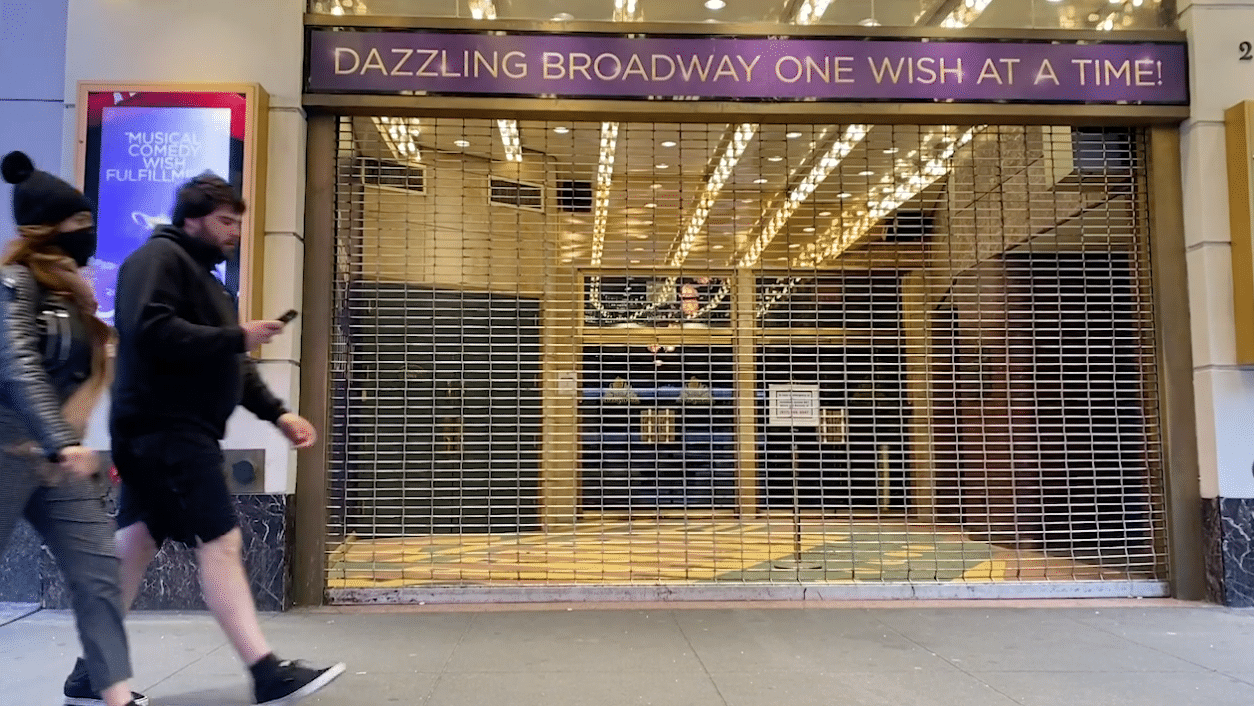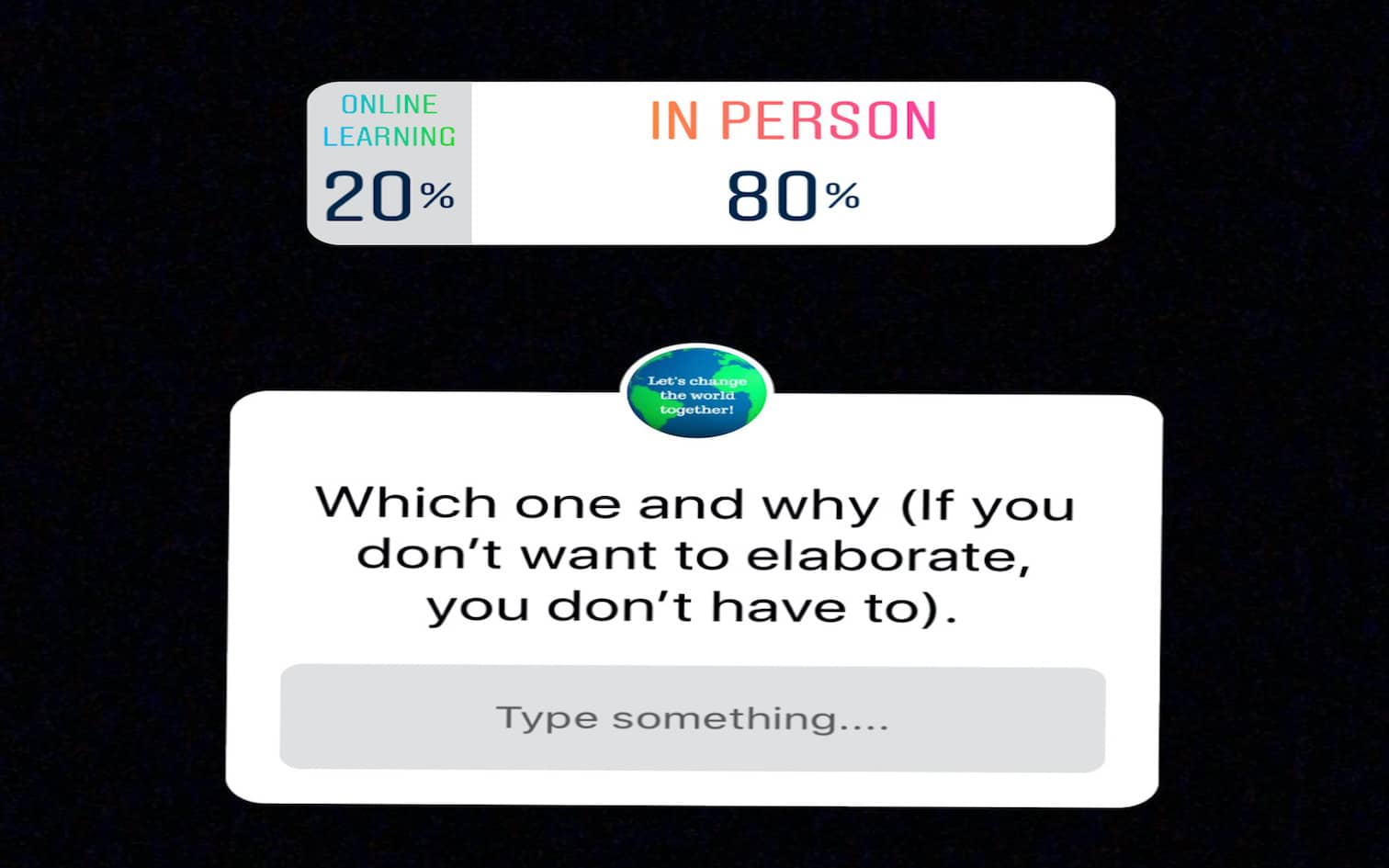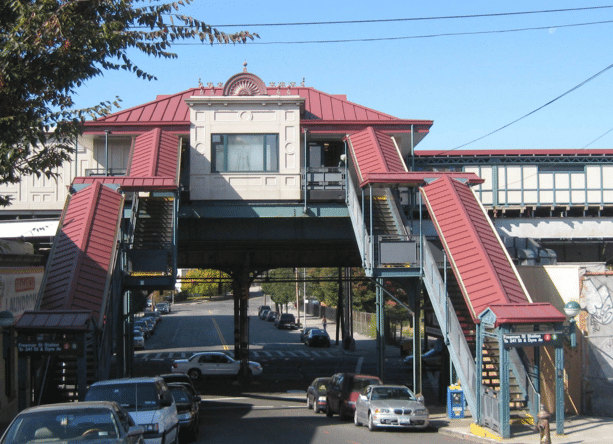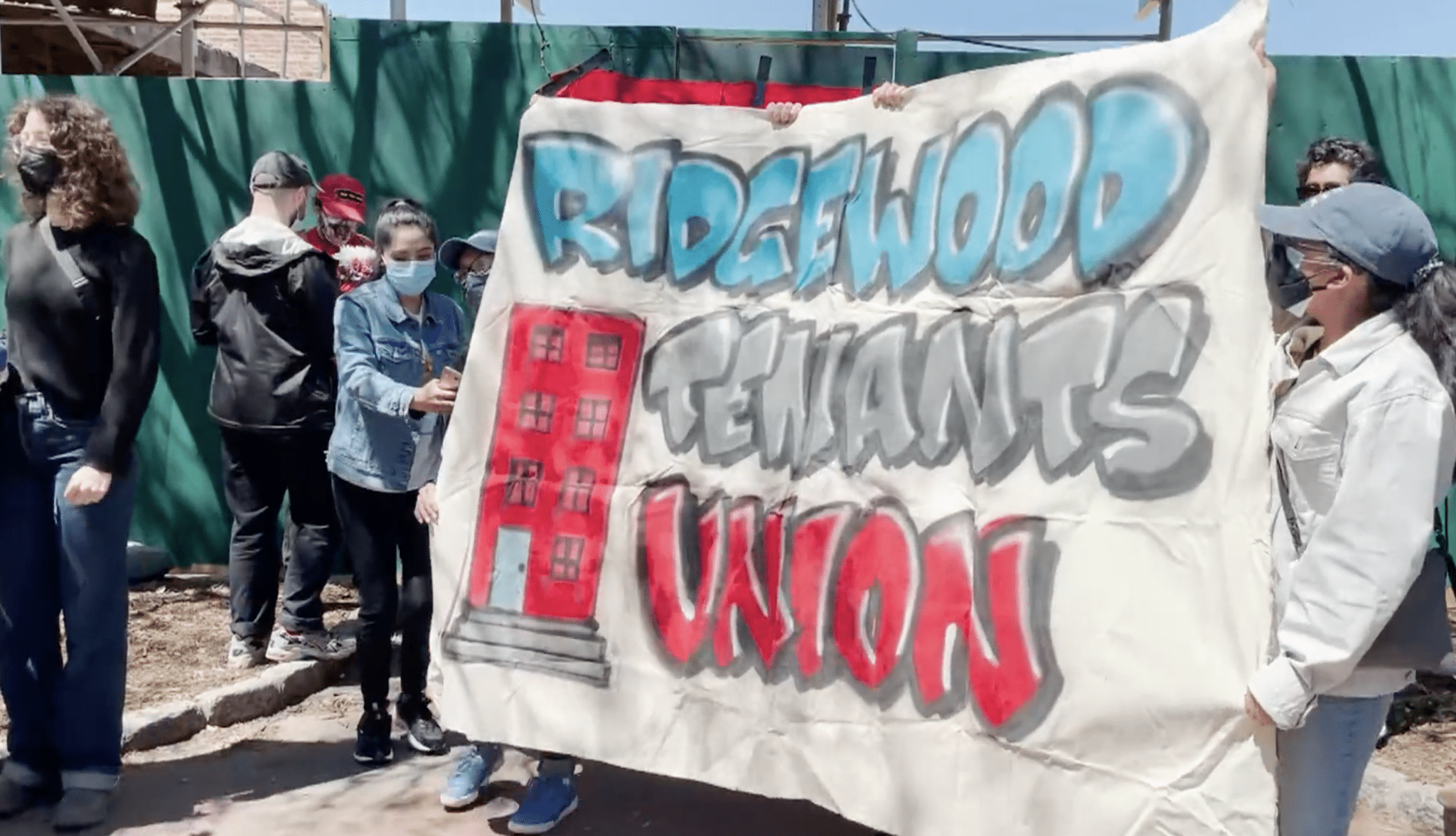My dad with my older brother and me. Photo Courtesy Shania Joseph
BROOKLYN, N.Y.
On the evening of April 3, 2020, my family received a call from a doctor in a hospital that changed our lives drastically. My 56-year-old father passed away from Covid-19. His heart condition had made him vulnerable, and his death rocked our family. My mom and I, my brothers, 14-year-old Nickolas and 27-year-old Clifton loved and depended on him for everything. He was the center that held our family together. COVID destroyed the life we once knew, and I know we are not the only family to struggle with the emotional and financial aftermath.
At the peak of the pandemic over 1,000 people were dying each week. The New York State Department of Health recorded 6,900 fatalities in the week of April 11, 2020, all because of COVID-19. A few weeks earlier, former Governor Andrew Cuomo enforced the “New York State on PAUSE” executive order. The 10-point policy included “All non-essential businesses statewide will be closed by March 22.”
My mom’s job as a food service worker supplemented my dad’s income. But after his death during the pandemic, my mom filed for unemployment. Her employer had been cutting work hours and she could not support three kids, and pay the mortgage, funeral expenses, and bills on her salary.
She became part of a large group of people who lost their jobs or left because of COVID. In November 2023, New York Mayor Eric Adams said that the city lost “nearly one million private sector jobs.
Now my mother is back at her job, but the emotional impact of the pandemic still lingers in our family and in many other families. You see the aftermath of COVID when you ride the subway.
New York City subways have become a site of homeless encampments. Homelessness had been one of New York City’s key issues before COVID, but after COVID it seemed worse. Instead of addressing the problem, the city chose to cover up data. A January 2024 New York Times article reported that the New York City Department of Investigation found the city hid how serious the homeless crisis was.
As of today, there are over 86,760 in homeless shelters around New York City. That has risen to record levels since the pandemic. We have also seen an increase in crime related to mentally ill, homeless people on the subway.
“I am still fearful till this day,” Samantha Giddings said. Giddings wears her mask on public transportation because, to her, the pandemic is far from over. “We never had any closure from the mayor and on top of the virus still lingering, the crazy people that lurk around, you always have to be guarded.”
People worry about the homeless and crime, especially on the subway. “I feel scared for my safety when moving around the city because of the increase of attacks on citizens by the homeless,” said Samantha Lopez, a Baruch College student.
Older people feel very vulnerable. When I asked how sixty-eight-year-old, Audrey Adams feels about commuting around New York City she replied, “Not very safe at all times because of the mentally ill, especially on the subways. You never know when they’ll just push you off the platform.”
COVID left a deep mark on the city. It changed the trajectory of lives and left many lost including my family and me. Four years have passed since my dad’s death and my mother is doing her best to support the family while also struggling with her personal battles. “I hope your father is looking down and see I’m doing the best I can to keep a roof over you and your brother’s head. But I don’t think I will ever be the same, I think about my husband every day. I don’t even want to think about it because it took away something I will never get back.”
Series: Community
